Resources
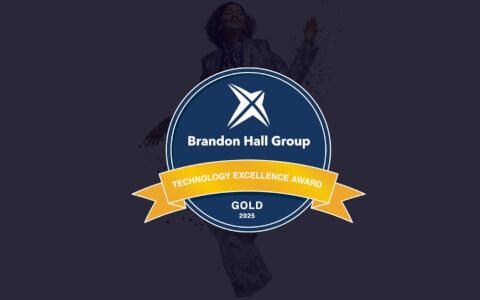
5 min
GoSkills Secures Gold Excellence Awards From the Brandon Hall Group
GoSkills wins two Gold Brandon Hall Awards for its AI-enabled Learning Management System (LMS). With GoSkills, teams can launch training faster and...

3 min
Excel Challenge 59: Consolidate Data From Multiple Sheets
Learn how to consolidate data from multiple sheets in Excel with this challenge. Use formulas only to build a dynamic multi-sheet summary report.

3 min
Excel Challenge 58: Customer Segmentation Using One Formula!
Create a customer segmentation report in Excel with one formula. Use dynamic arrays to group customers and label them Gold, Silver, or Bronze.

2 min
A New Look for GoSkills
Today, we’re excited to introduce the new GoSkills brand, a fresh identity that reflects how far we’ve come and the exciting direction ahead.

3 min
Excel Challenge 57: Consolidate Data from Multiple Files
Consolidating data in Excel from multiple workbooks? Learn how in this scenario-based challenge! Join our group of learners for Excel practice ever...

3 min
Excel Challenge 56 (Beginner-Friendly): Conditional Functions
Practice conditional formulas in Excel in a real-world scenario with this beginner-friendly challenge from Microsoft MVP Ilgar Zarbaliyev.

11 min
Free Instructional Design Courses & Resources For Beginners
Are you a new instructional designer looking for free tools and resources? Here are the top free courses to help you succeed in your role.
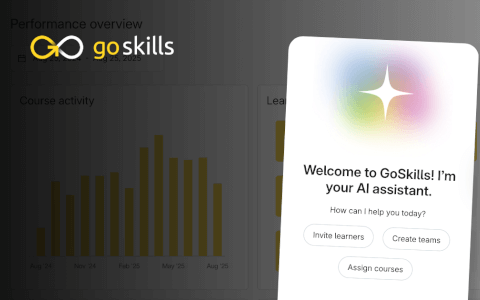
2 min
Introducing the AI Assistant for GoSkills LMS Administrators
Simplify LMS administration with the GoSkills AI Assistant, offering step-by-step task guidance, tailored support, and real-time answers.
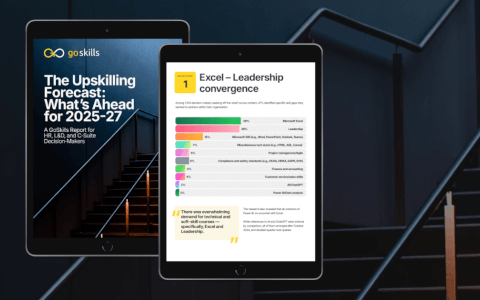
3 min
GoSkills Releases “The Upskilling Forecast: What’s Ahead for 2025–27,” Detailing Three Megatrends Set to Redefine Corporate Learning
GoSkills shares the results of an extensive 3-year analysis of corporate upskilling trends and makes bold predictions for the next two years.

2 min
Excel Challenge 55: Analyze Sales With SUMIF & SUMIFS
Learn how to use conditional formulas SUMIF and SUMIFS in Excel to analyze sales performance in this fun Excel challenge.
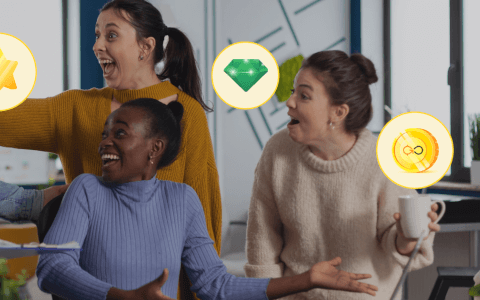
17 min
Gamified LMS for Employee Training: Risks and Rewards
Discover how a gamified LMS boosts training, but beware of over-gamification risks. Balance is key for real engagement and learning outcomes.

9 min
AI Employee Training: How Online Courses Can Maximize Productivity
AI employee training increases productivity 14-40% per MIT & Harvard studies. GoSkills offers comprehensive courses to unlock these gains for your ...
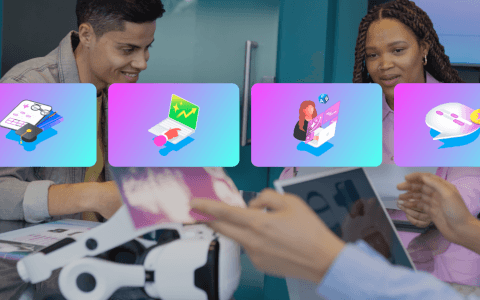
12 min
AI Courses for Beginners: A New Frontier of Business Training
Explore top AI courses for beginners. Help employees learn foundational AI literacy, boost productivity, and stay competitive in the evolving AI la...

3 min
Excel Challenge 54: Clean Up Messy Data With Power Query
Use Power Query to transform messy, unmanageable data into analysis-ready insights with this month's Excel challenge from GoSkills.

7 min
What is SCIM? User Provisioning For Your LMS
SCIM is an identity management protocol that automates user provisioning and complements SSO. Learn why SCIM matters for LMS admins and elearning s...
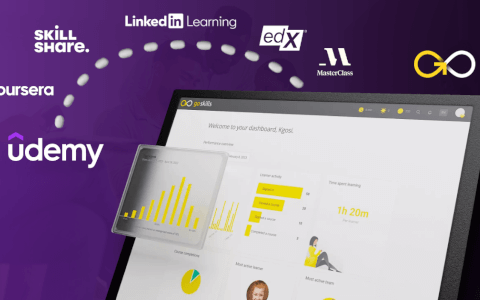
12 min
19 Udemy Alternatives for Learners & Businesses
Comparison tables with 19 competitors that beat Udemy in areas that matter — whether you’re studying on your own or rolling out company-wide traini...
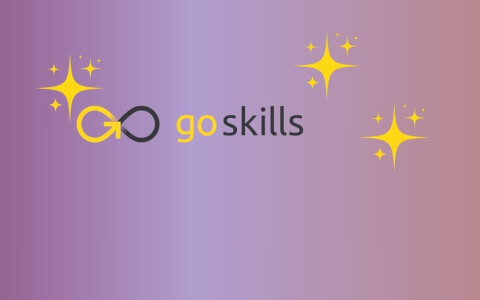
3 min
GoSkills Unveils AI Tutor With Real-Time, Personalized Learning Support
GoSkills launches its AI Tutor that delivers instant, personalized support. This technology is poised to transform online corporate learning.

3 min
Excel Challenge 53: Dependent Dropdown Lists
Practice creating dependent dropdown lists in Excel with this fun challenge! Learn how our expert solved it in the easy-to-follow solution tutorial.

9 min
How to Upskill Employees: 7 Proven Strategies for Success
Learn how to upskill employees using proven strategies from a real-world case study. Discover practical ways to close the skills gap and boost team...

3 min
Excel Challenge 52: Data Analysis With PivotTables
Use PivotTables to perform data analysis with this sales performance Excel challenge.